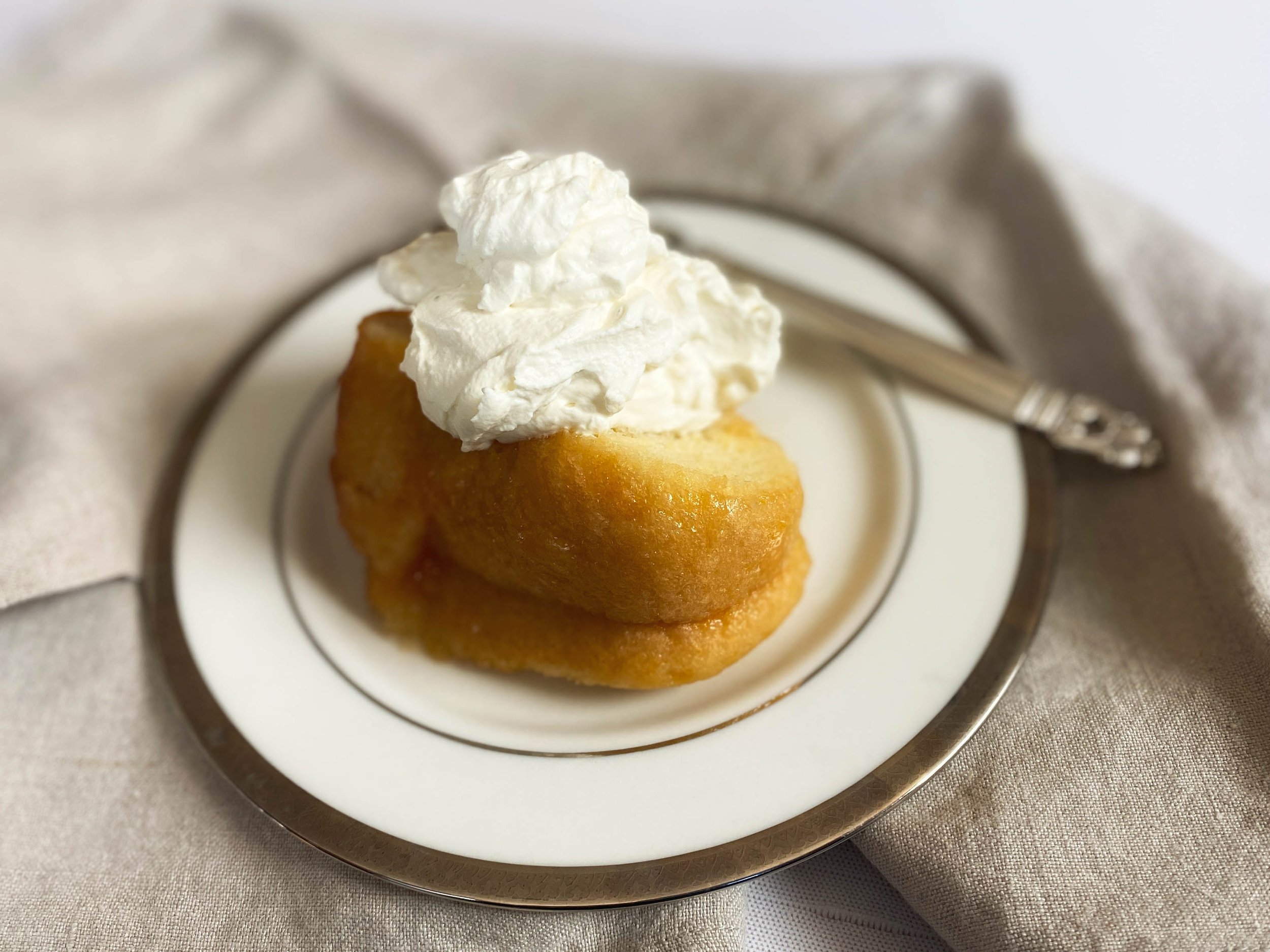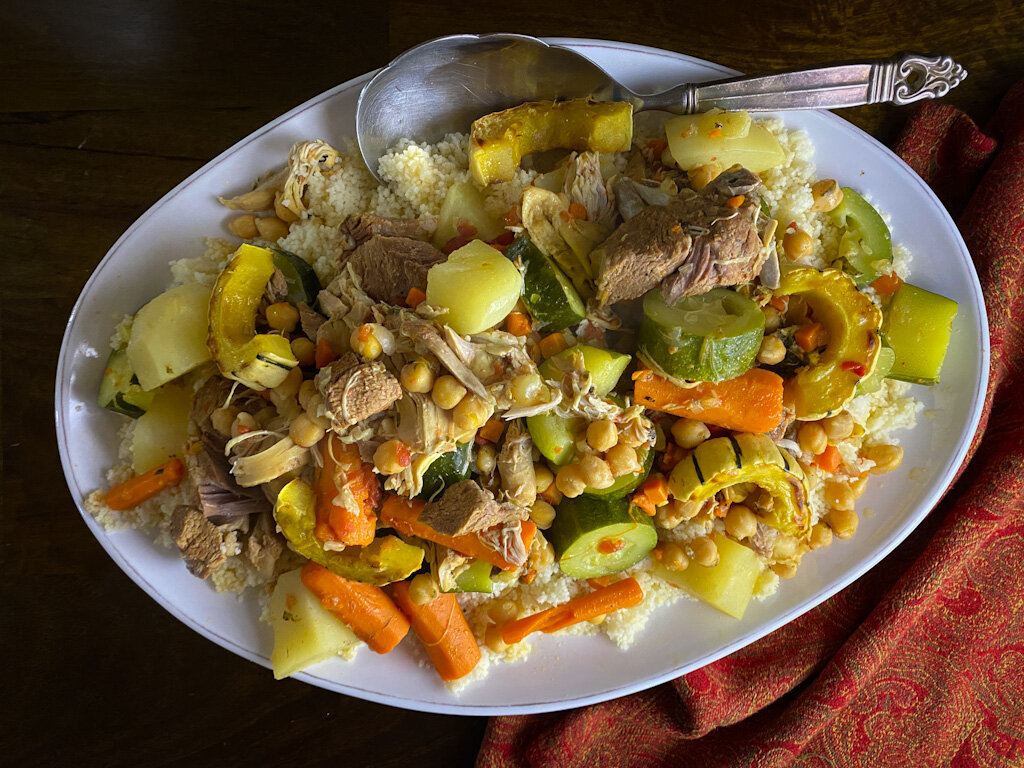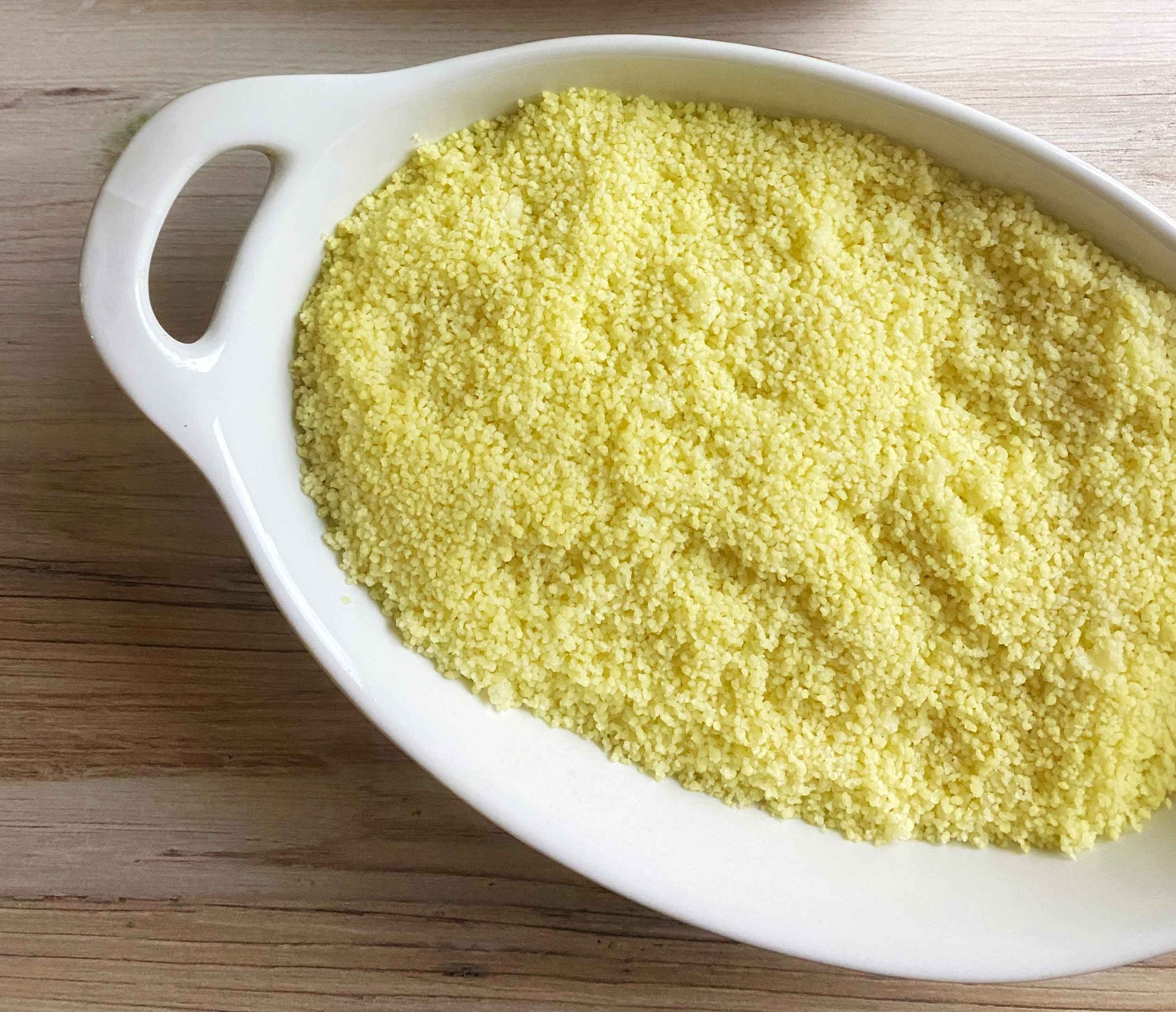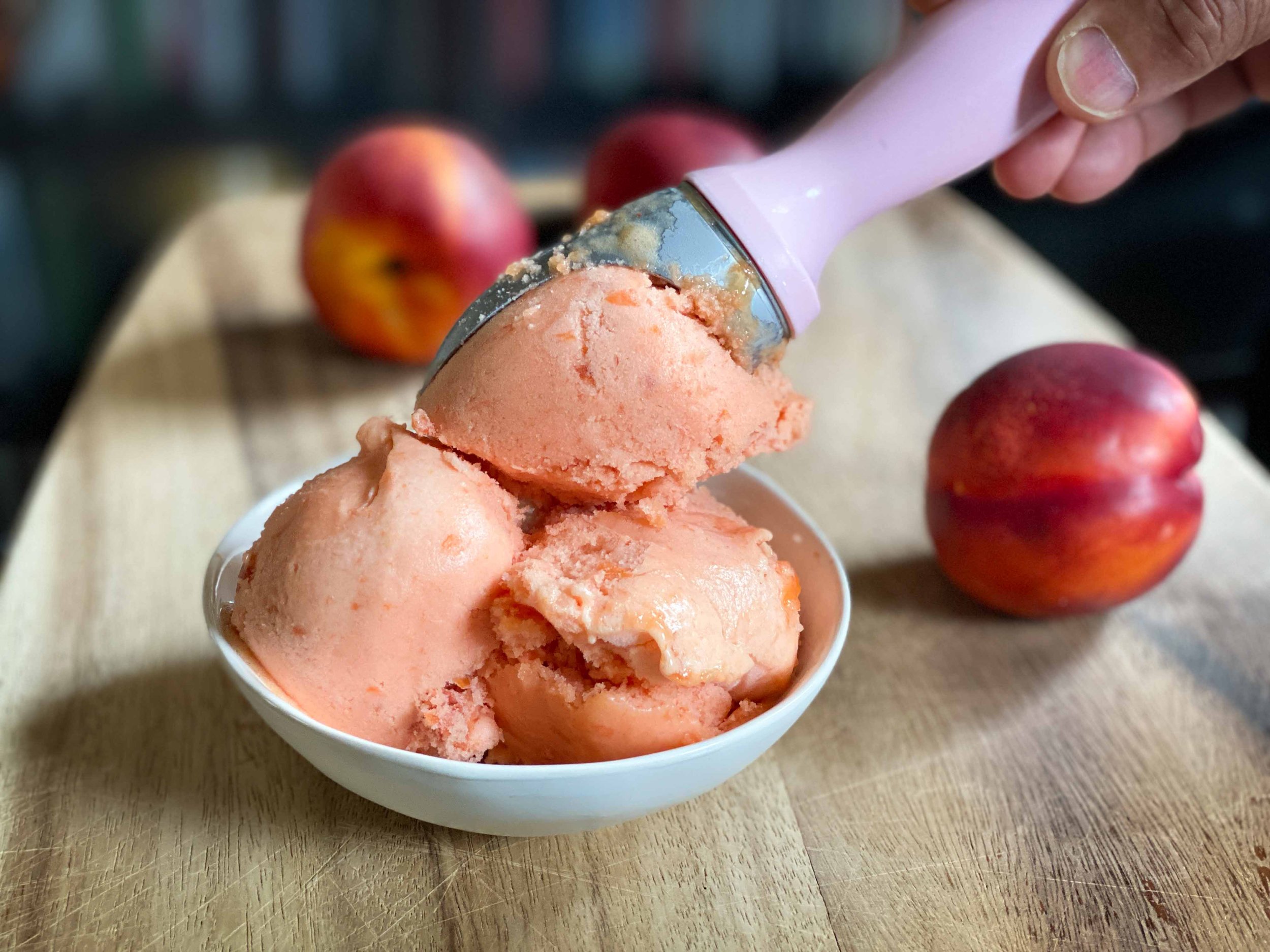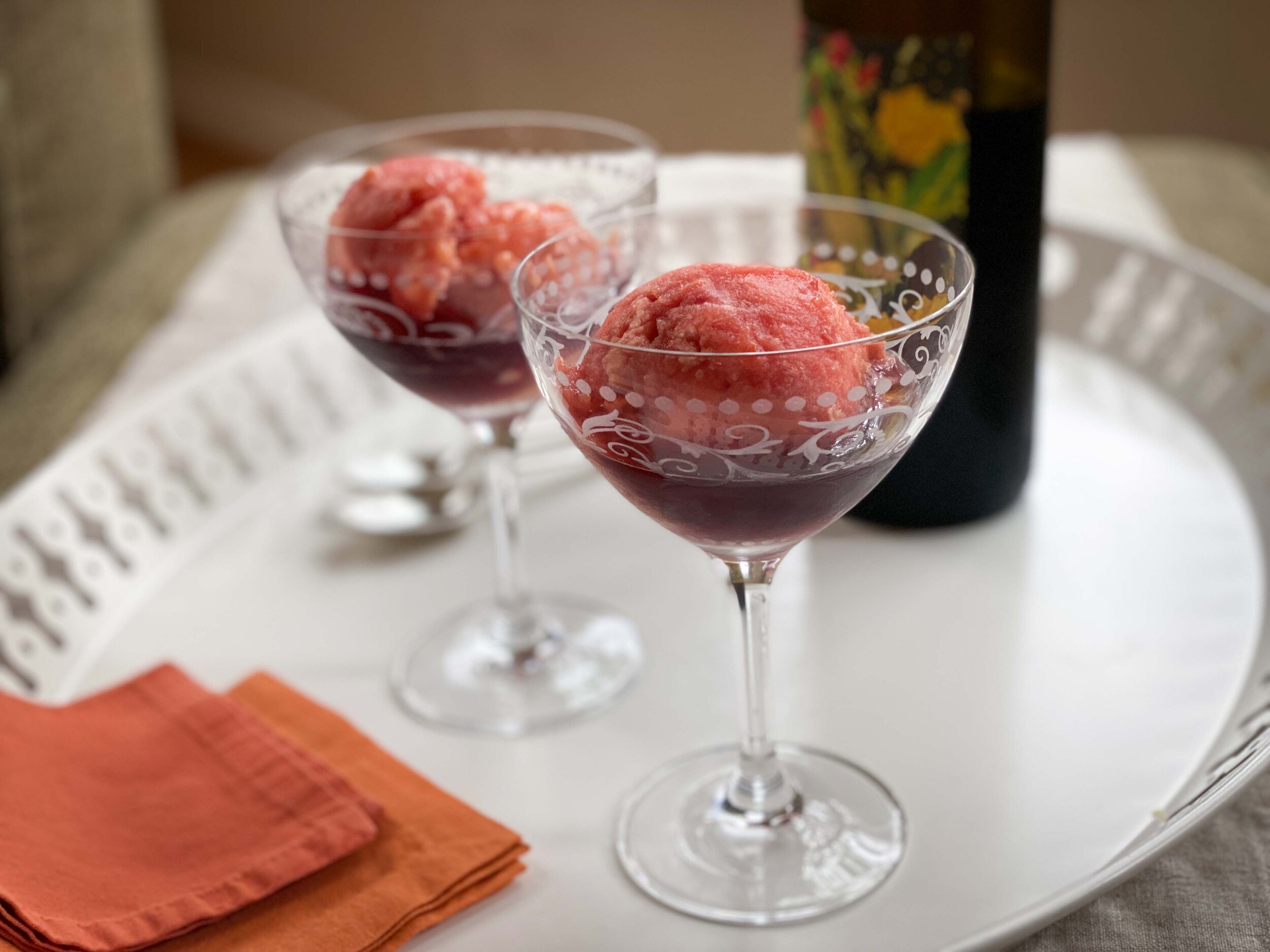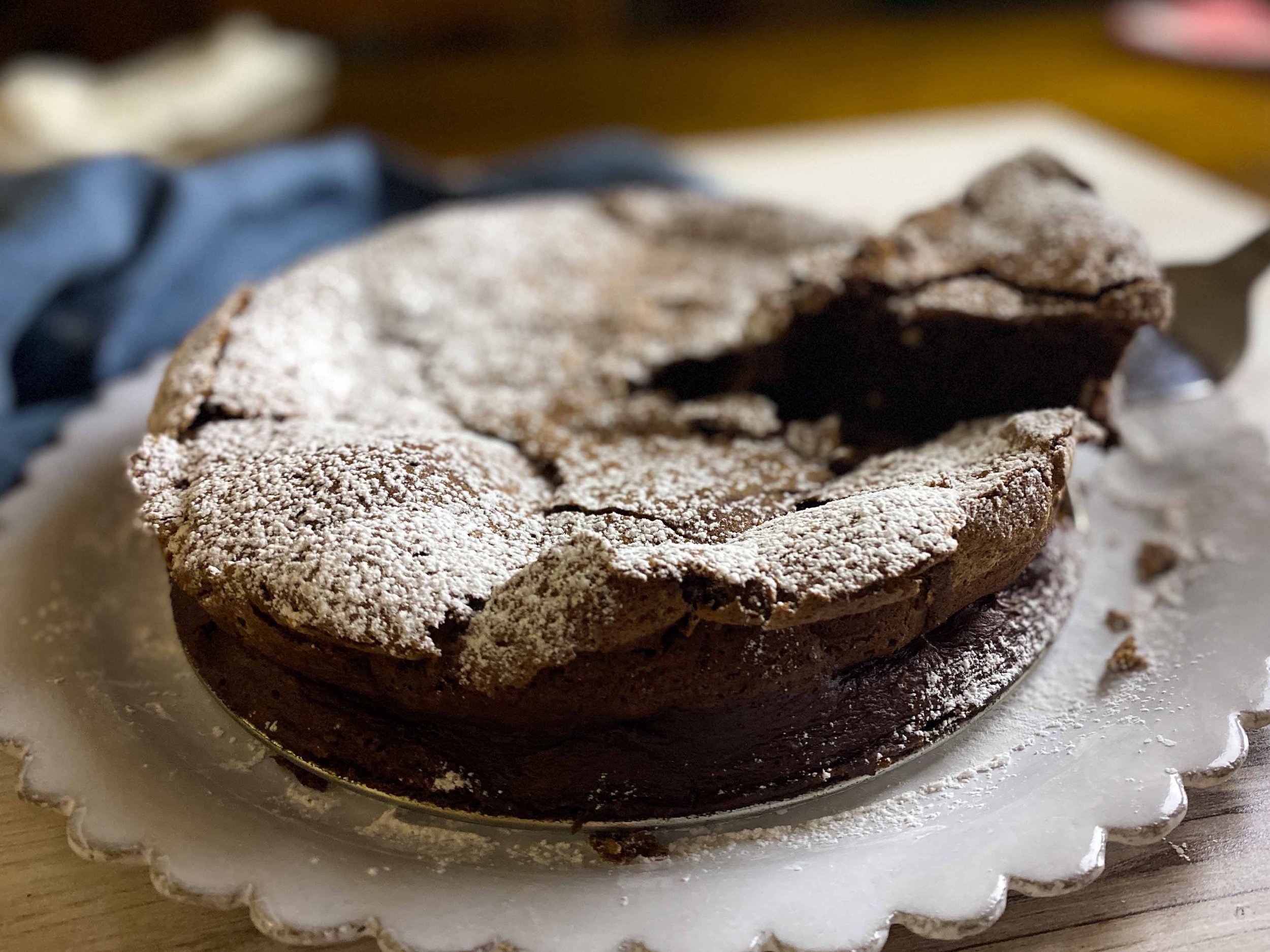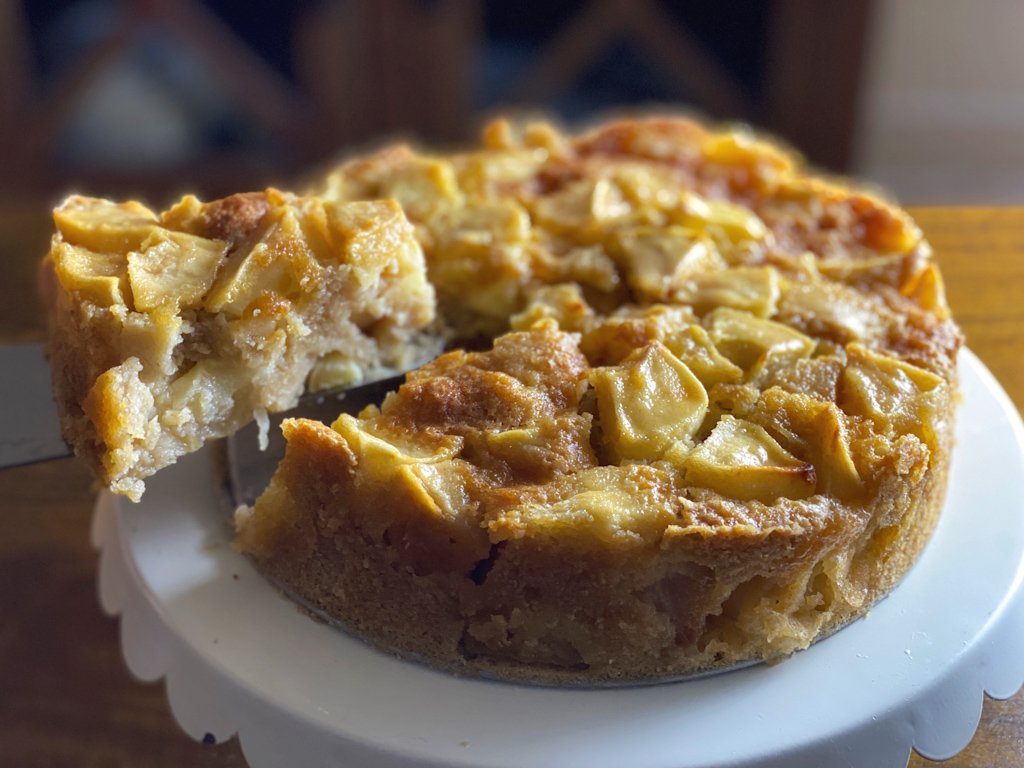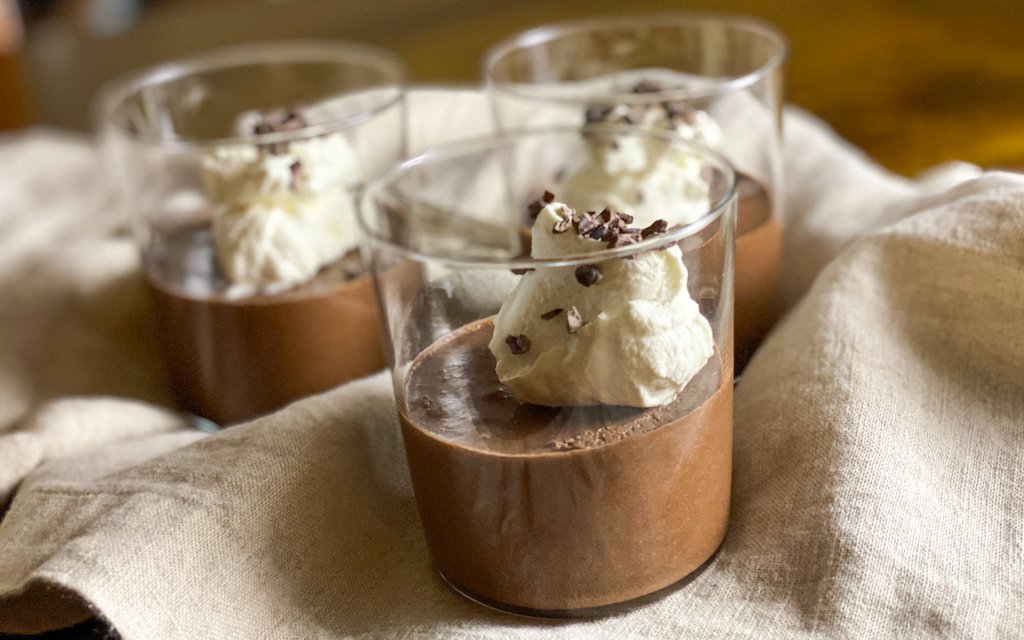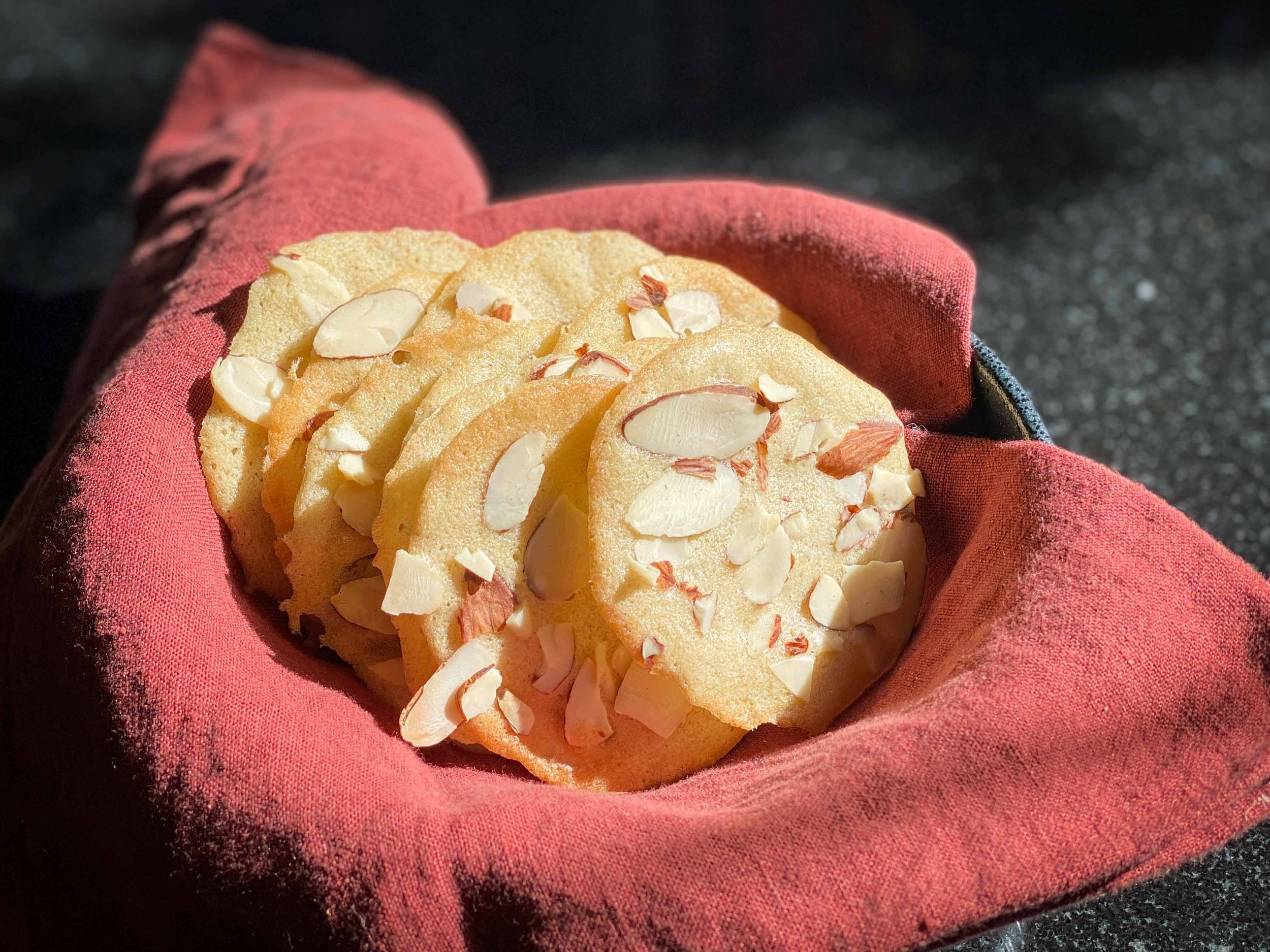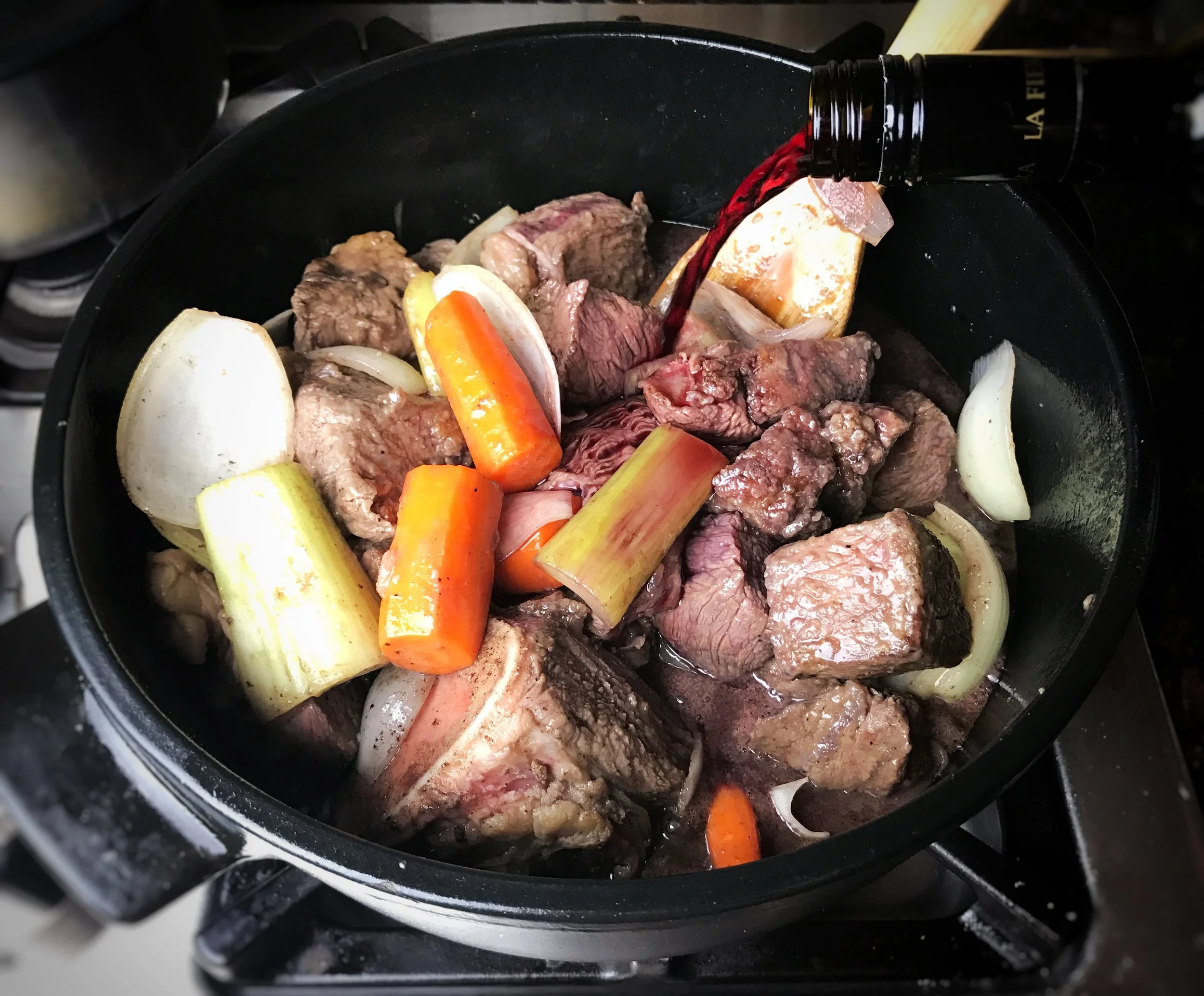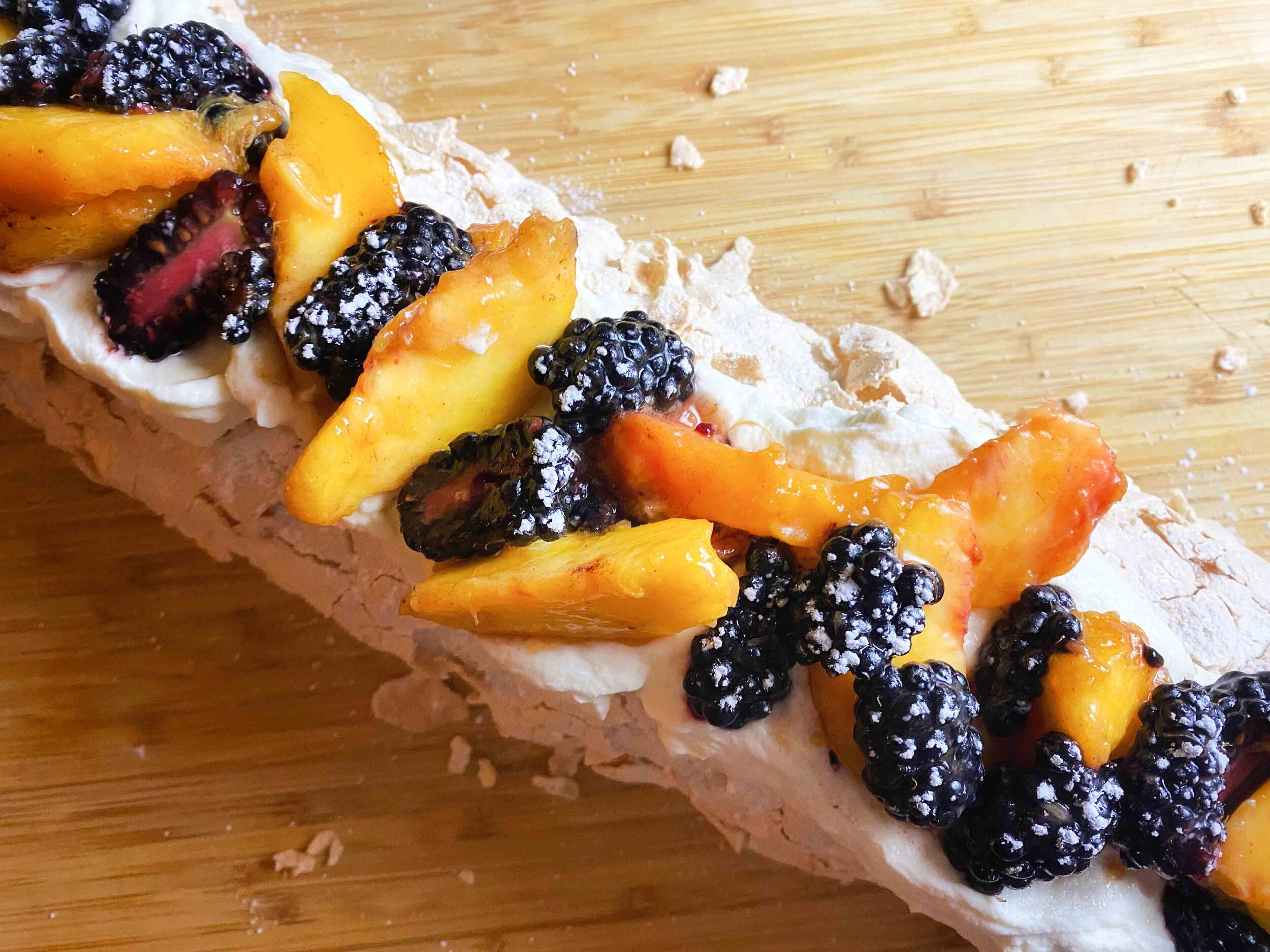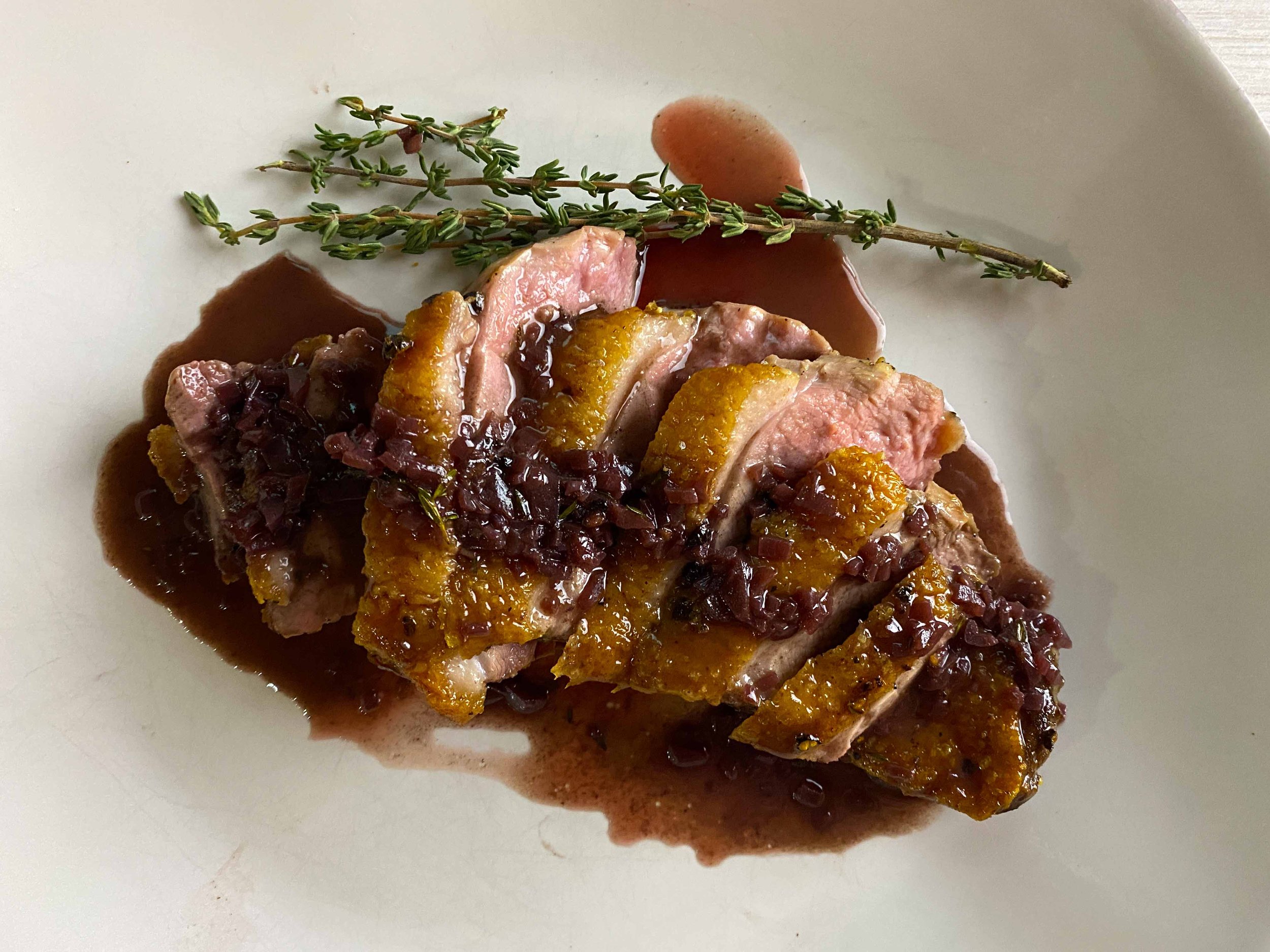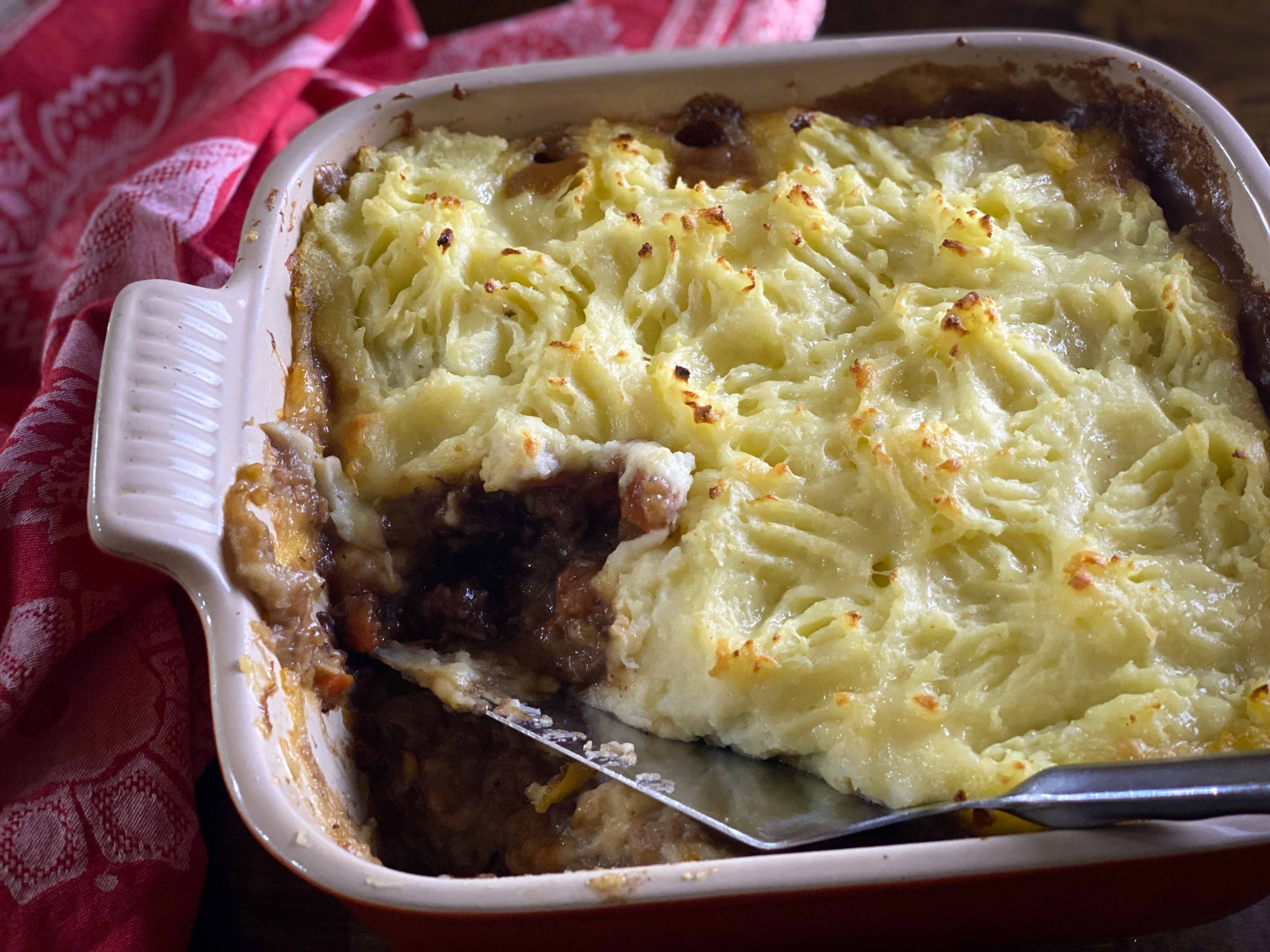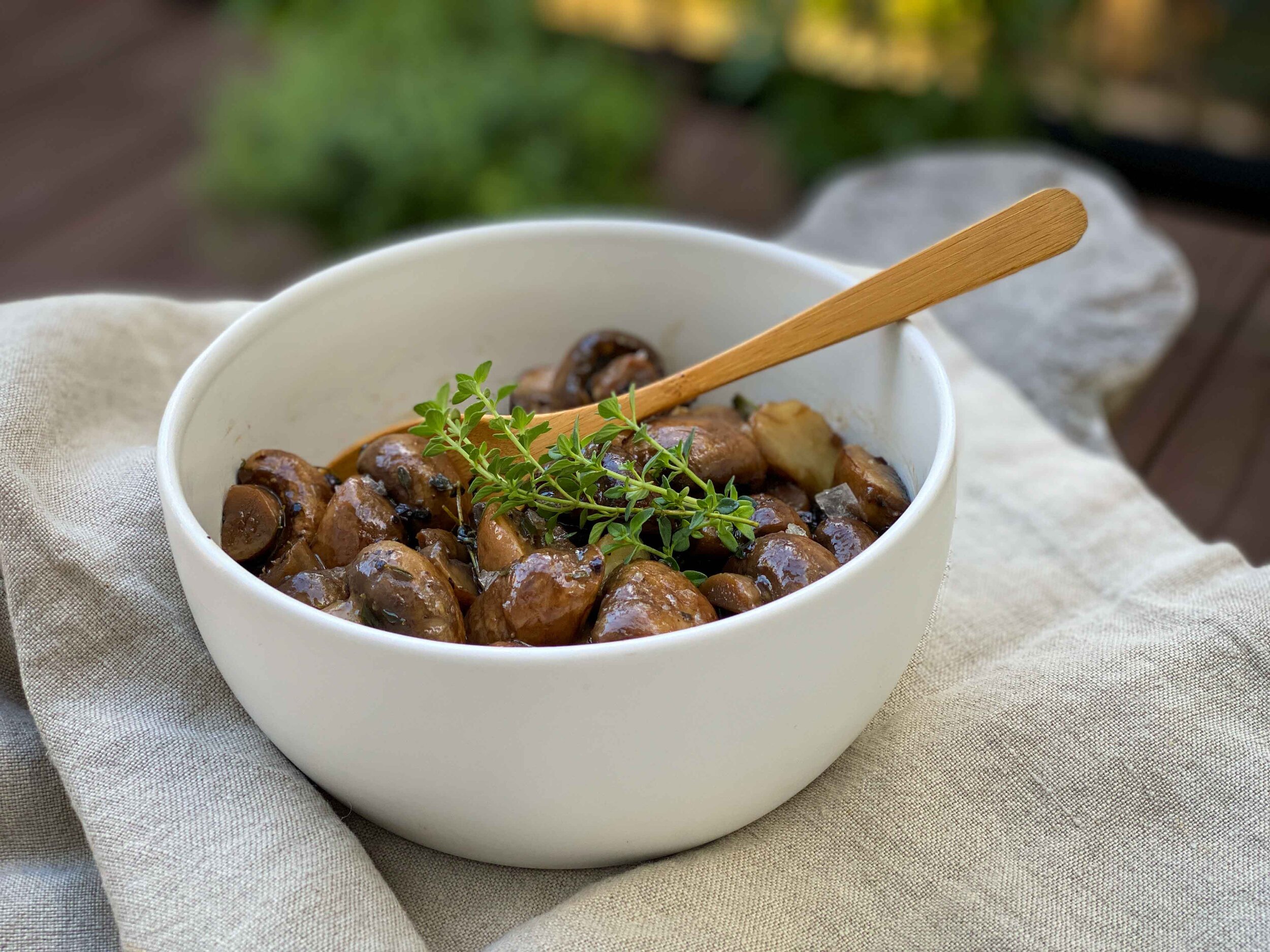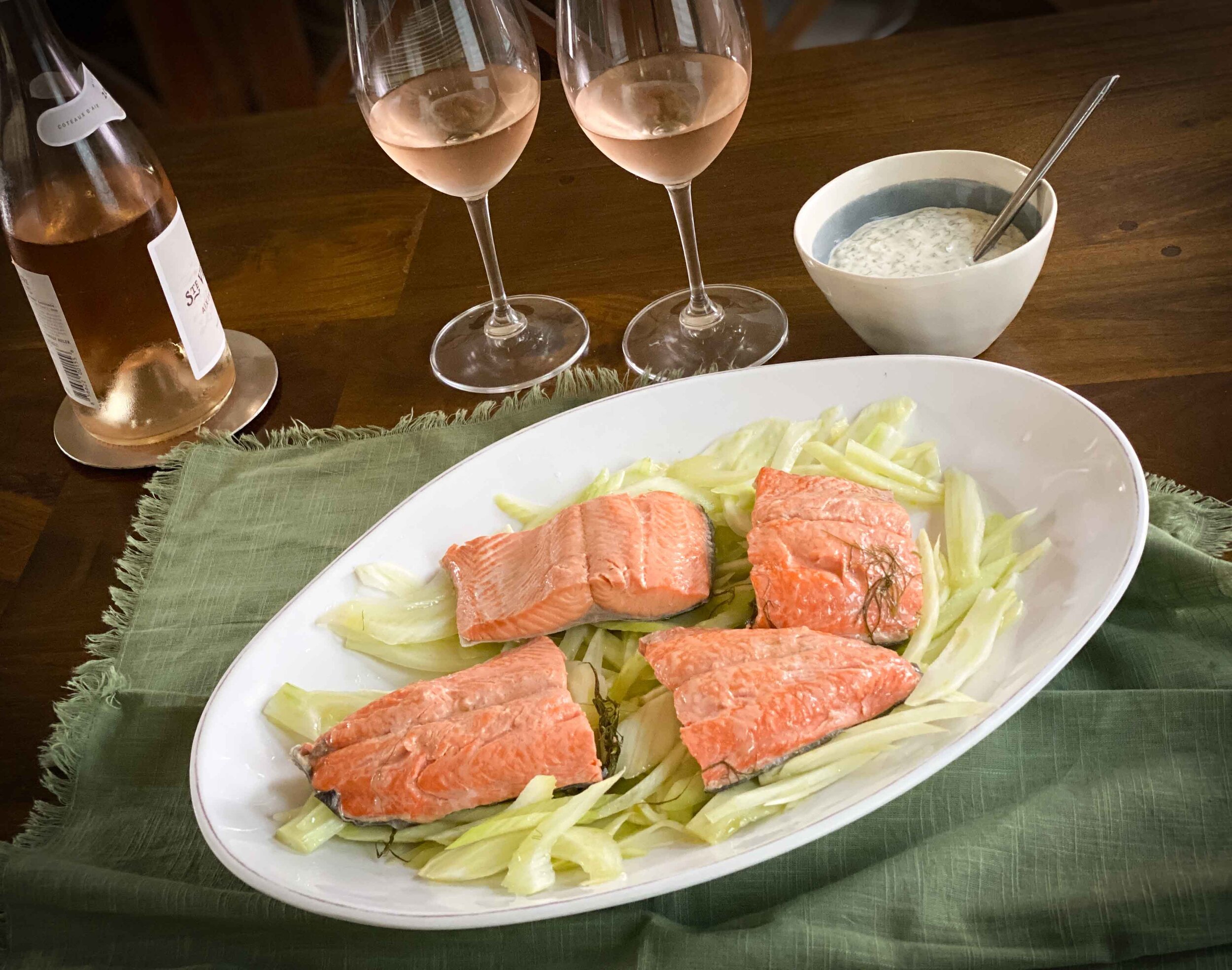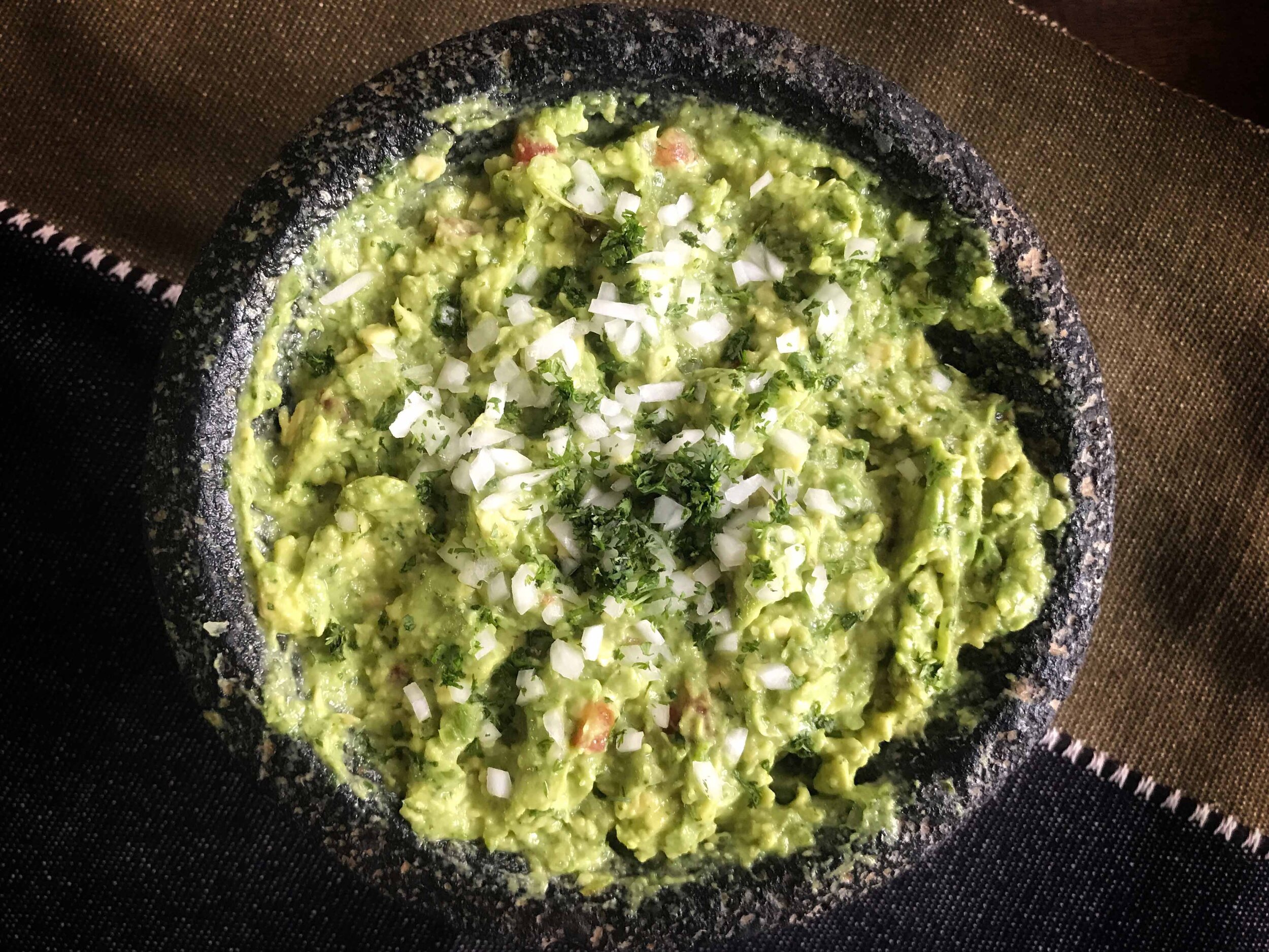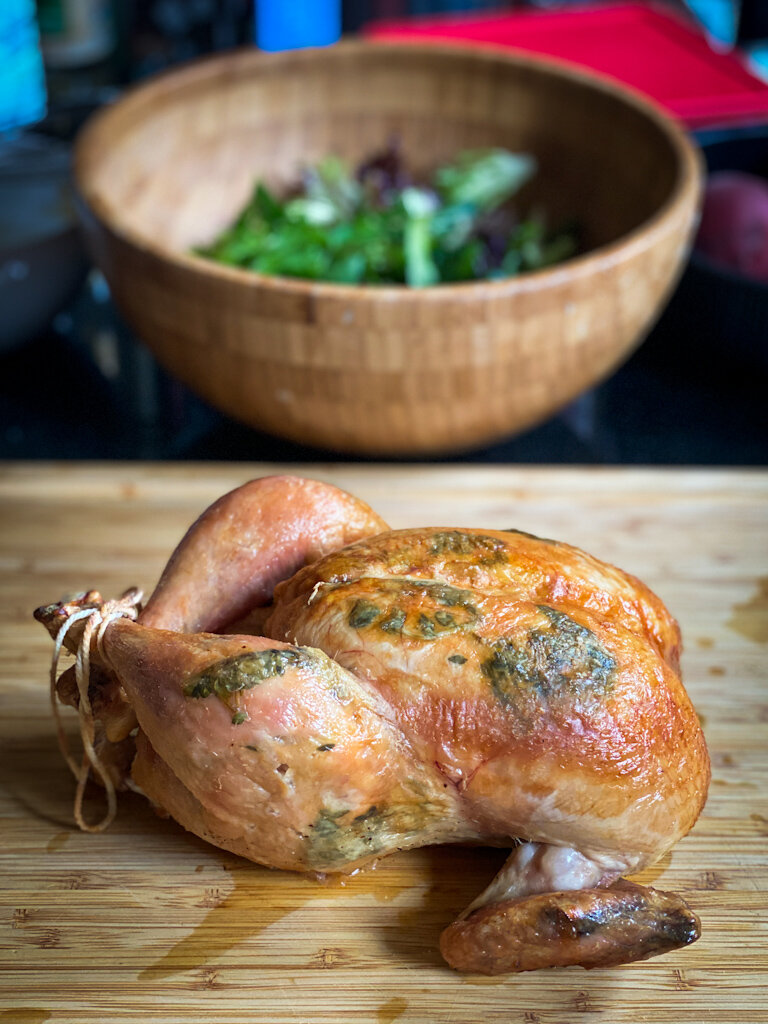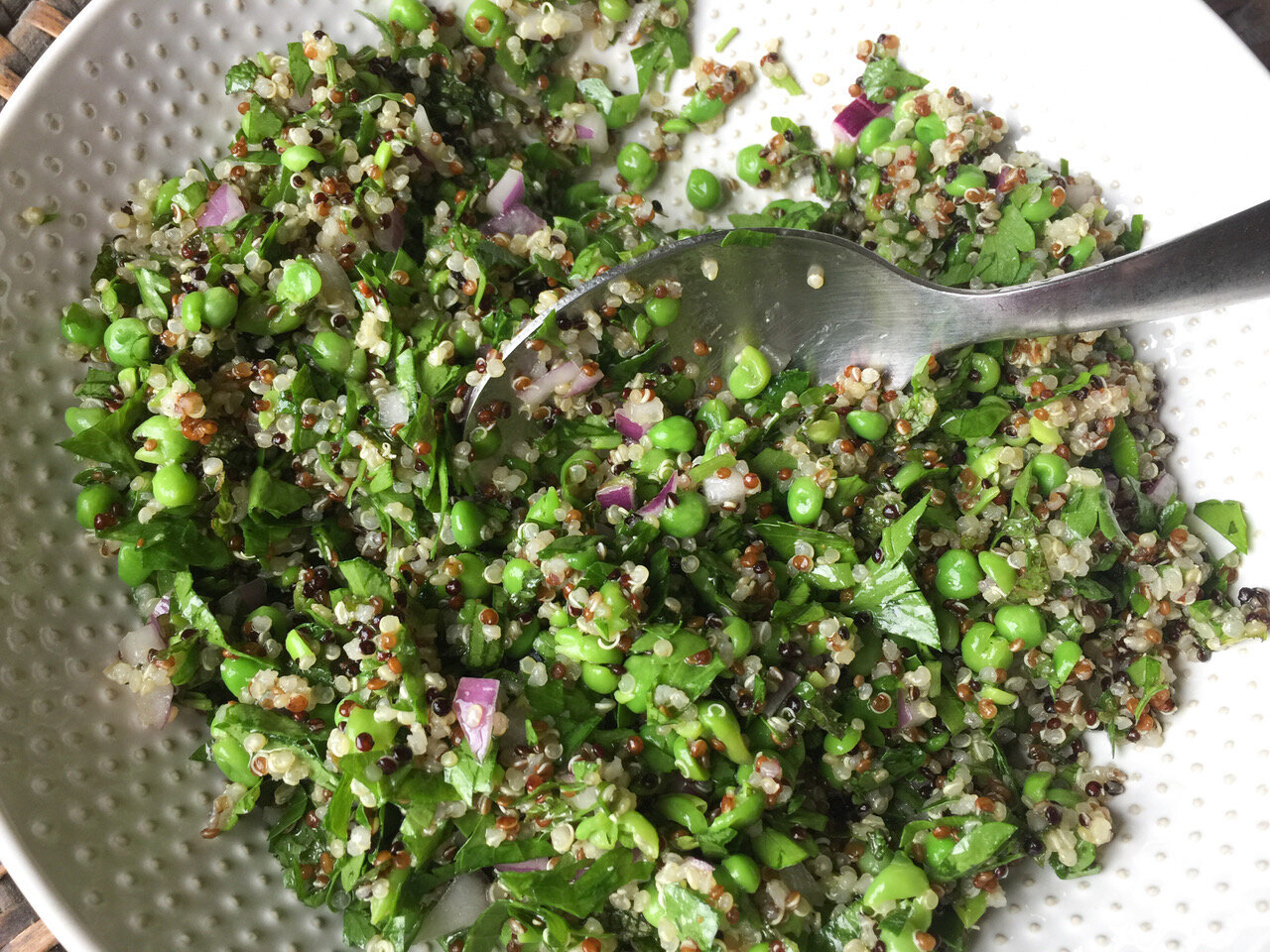By Leslie Brenner
They’re plump, gorgeous, oceanic in flavor — and just the thing to wow a dinner partner when staying in sounds more delightful than date-night out. Succulent sea scallops are the perfect centerpiece for a beautiful dinner for two.
Yes, they’re pricy, but it’s pretty easy to make them dazzle. Lately, my favorite way is with a French prep known as à la grenobloise: seared in a hot pan, spooned over with a sauce of browned butter, lemon and capers and finished with parsley. With so few ingredients and very little prep, it’s quick as it sounds, and ideally suited for a special evening. It’s also light, so dinner doesn’t have to end with a groan.
Named for Grenoble, the city known as the unofficial capital of the French Alps, the preparation is better known as a way to sauce skate (raie à la grenobloise), sole or trout. (And yes — it’s also wonderful with those, if they call to you from the fish counter.)
The trickiest part of the grenobloise is cutting a lemon into suprêmes — segments freed from the citrus’ membranes. But even that is easy once you have the hang of it. (Watch the video of Lefebvre making the dish to see how.) But suprêmes aren’t strictly necessary; you can just as well cut the lemon into very thin slices and cut those slices into pieces; no one will be the wiser. Other than that, the only advance prep is chopping a little parsley, measuring out and draining some capers and squeezing a lemon.
I must admit, I’m a bit perplexed that seafood à la grenobloise isn’t better known. Jacques Pépin also makes them in a video (he adds mushrooms), but I can’t find it in any of the Anglophone French cookbooks on my shelves — including Julia Child’s Mastering the Art, Ann Willan’s Country Cooking of France, Dorie Greenspan’s Around My French Table or Patricia Wells’ My Master Recipes. Nor is it in the 1,086-page French-language Le Grand Livre de la Cuisine Française, nor Hubert Delorme and Vincent Boué’s The Complete Book of French Cooking, recently published in English translation from the French. And no, not a single mention of à la grenobloise — or sole, skate or scallops prepared that way — in Escoffier (at least that I could find).
It is, however, all over the French internet. (Spoiler alert: Many of the recipes also include croutons toasted in butter.)
You might be curious about how sauce grenobloise got its name. After all, Grenoble is landlocked. The French Wikipedia listing for “la sauce grenobloise” cites one Claude Muller, author of Cuisine traditionelle des Alpes, as explaining that fish arrived in Grenoble a bit worse for wear after being transported, and the custom developed of hiding the off-taste with capers. (Oh, sure — the famous old caper trick!)
Celery, Endive and Crab Salad
So, what to have avec?
Precede the scallops with a celery, endive and crab salad, or — if you want something warm, an easy minted pea soup (it’s made from frozen peas, but the flavor is amazing). Either can be made almost entirely in advance, leaving you free to enjoy your evening.
With the scallops themselves, you could serve rice or potatoes of some kind, or keep it light and let them stand on their own. Ludo Lefebvre, chef-owner of Petit Trois in Los Angeles and Chez Maggy in Denver, includes blanched cauliflower florets in his, which is also a lovely idea.
And for dessert: Tangerine sorbet!
Tangerines (aka mandarins) are so fabulous this time of year. One of my favorite recipes from David Lebovitz’s The Perfect Scoop captures and intensifies their brilliant flavor in a sorbet. Make it the day before, and all you’ll need to do is scoop. Serve it alone, or with some simple almond cookies or tuiles, homemade or store-bought.




